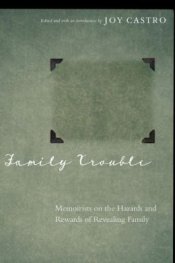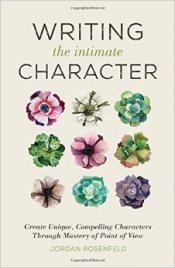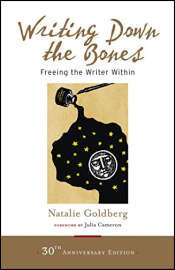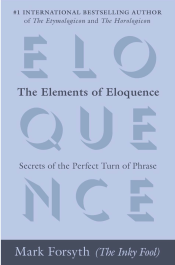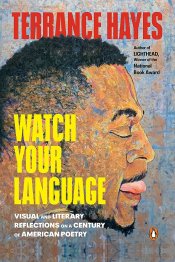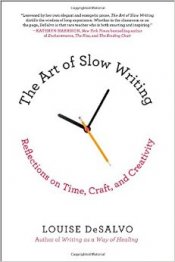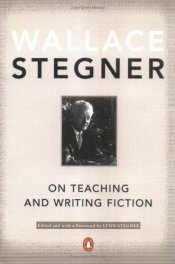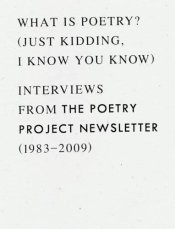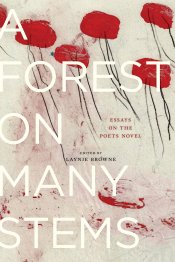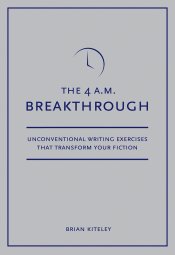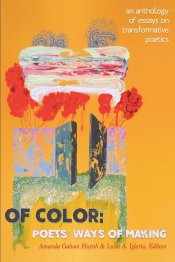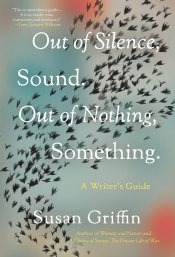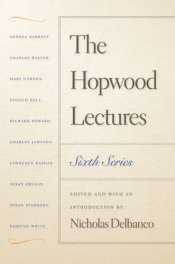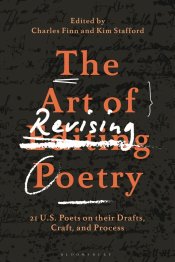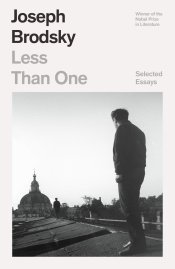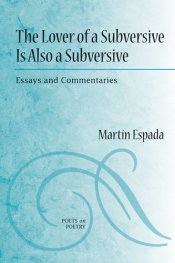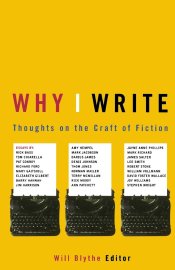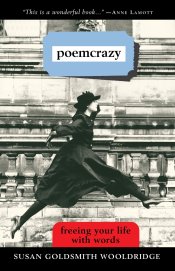The Artful Edit: On the Practice of Editing Yourself
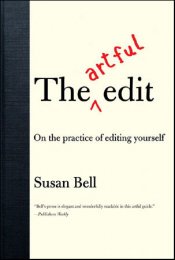
In this guide, veteran book editor Susan Bell discusses the complex and necessary art of self-editing. Filled with writing examples, quotes, strategic tips, interviews, and case studies—including a discussion of Max Perkins’s editorial collaboration with F. Scott Fitzgerald on The Great Gatsby—the book walks writers through the discipline and creativity of editing and how it can enhance one’s writing. “Writers need to learn to calibrate editing’s singular blend of mechanics and magic. For if writing builds the house, nothing but revision will complete it. One writer needs to be two carpenters: a builder with mettle, and a finisher with slow hands,” Bell writes in the introduction. “Editing is more an attitude than a system.”






